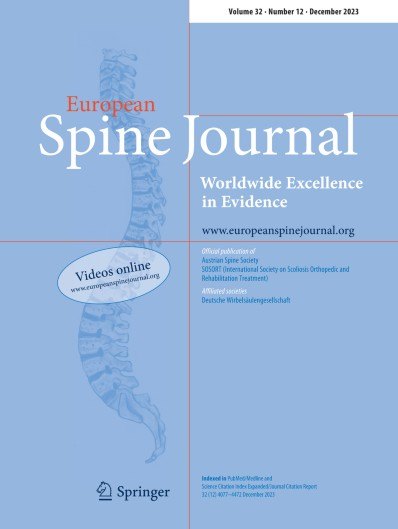
Role of additional anterior stabilization to posterior stabilization for thoracolumbar burst Frx

Role of additional anterior stabilization to posterior stabilization for thoracolumbar burst Frx
Prospective randomized controlled comparison of posterior vs. posterior-anterior stabilization of thoracolumbar incomplete cranial burst fractures in neurological intact patients: the RASPUTHINE pilot study
Eur Spine J. 2018 Dec;27(12):3016-3024. doi: 10.1007/s00586-017-5356-4Did you know you're eligible to earn 0.5 CME credits for reading this report? Click Here
Synopsis
21 patients with incomplete thoracolumbar burst fractures were randomized to bisegmental posterior stabilization with or without the addition of anterior stabilization. Patients were assessed for clinical outcome on the Oswestry Disability Index and kyphotic angle on radiographs over 24-month follow-up. Results demonstrated no significant difference between groups in mean ODI at 24 months, or in i...
To view the full content, login to your account,
or start your 30-day FREE Trial today.
FREE TRIAL
LOGIN
Forgot Password?
Explore some of our unlocked ACE Reports below!

Learn about our AI Driven
High Impact Search Feature
Our AI driven High Impact metric calculates the impact an article will have by considering both the publishing journal and the content of the article itself. Built using the latest advances in natural language processing, OE High Impact predicts an article’s future number of citations better than impact factor alone.
Continue



 LOGIN
LOGIN

Join the Conversation
Please Login or Join to leave comments.